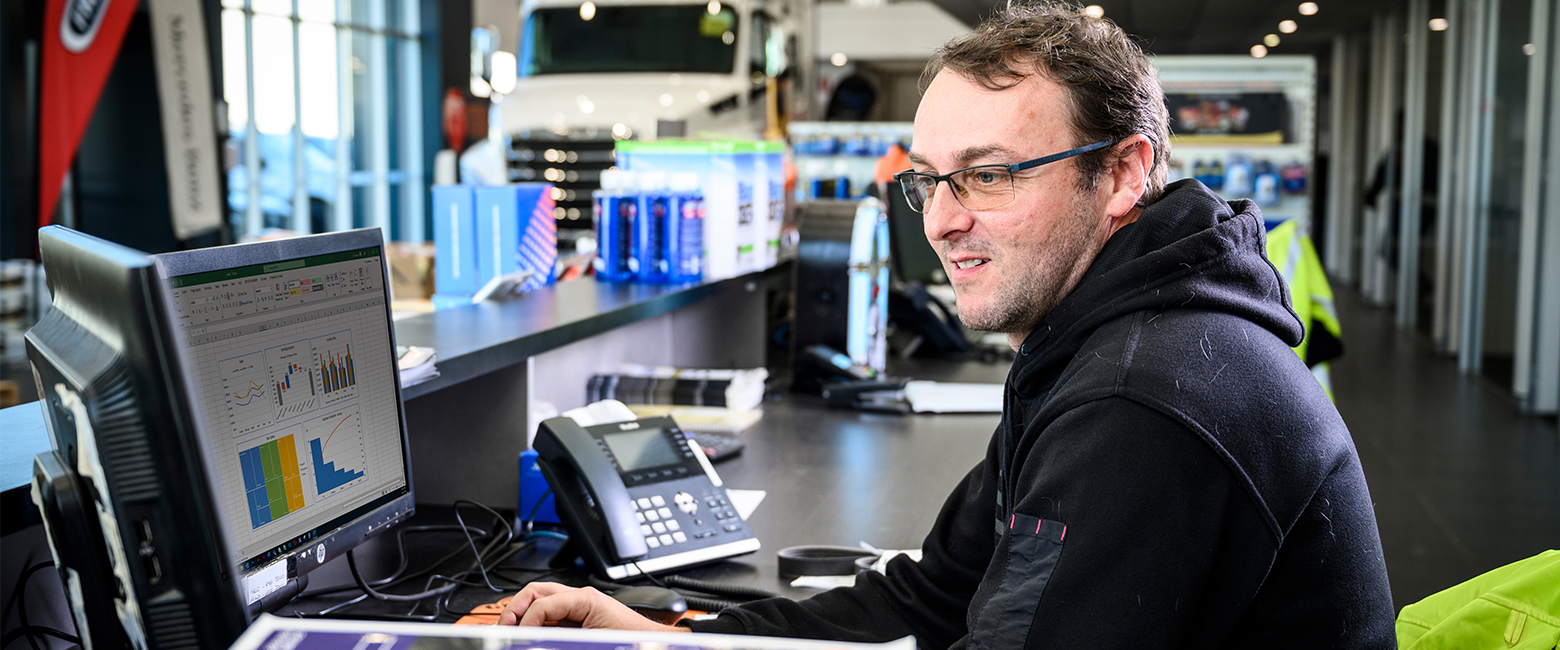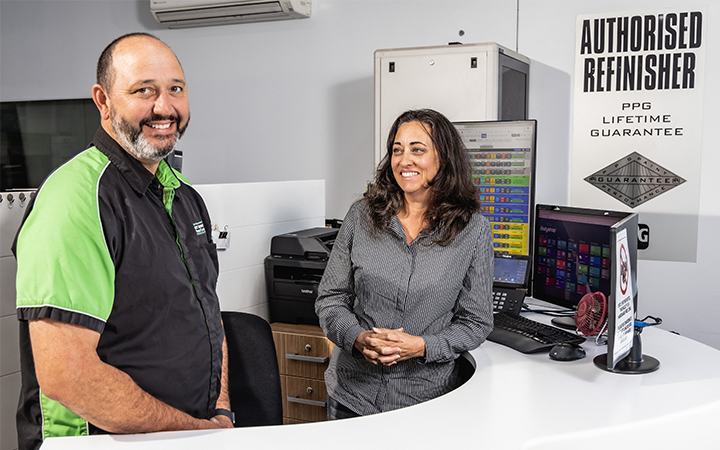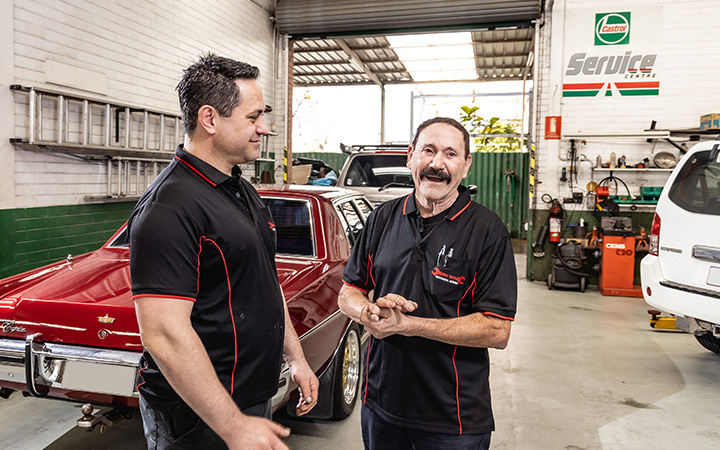Ask the CEO of a big corporation this question and they will give you their answer immediately. Lots of workshop owners, however, might not be able to give you a clear response. In fact, a significant number of business owners adopt an ‘it will be what it will be’ attitude when it comes to their future financial performance.
This outlook is extremely ill advised. Not only does a profit goal give a workshop something to work towards, but it can provide a great reality check. If things aren't going to be as rosy as the previous year, knowing this in advance allows you to adjust your expectations and adapt your budgetary decisions accordingly.
A profit and loss budget can be broken down into two distinct sections. You need to forecast your revenues, and then you need to forecast your expenses. Subtract one from the other and you now have a forecast profit or loss for this financial year. Pretty simple.
Reading an article on how to set a P&L budget is one thing, but watching someone do it will give you a much greater understanding. Our friends at Tat Biz have a great video tutorial that you can watch by clicking here.
Forecasting revenues
When setting a sales target, the easiest thing to do is just look at what you did last year and add some more. This is OK, but there is a better way to do it that involves forecasting revenues based on the team you have in place and the output that you think the workshop can achieve.
Take into consideration:
- How many labour hours do you think your technicians can sell, taking into consideration their qualification level, other tasks they do in the workshop and their historical output.
- How many weeks on average do you think your team will work? There are 52 weeks in a year, but you will lose 10 days to public holidays, 20 days to annual leave and 5 days to sick leave.
- What is your average labour rate for the coming financial year? Some workshops have different rates for trade customers, general repairs and diagnostics. If so, just choose an average.
Forecasting expenses
Forecasting expenses is relatively easy if you have last year's numbers in front of you. If you don’t know how to access your P&L from last year, get your bookkeeper or accountant to provide one.
Simply work through each expense category and based on the information you have on hand forecast what you think the expenses will be this year. If the forecast expenses are not likely to be significantly different, just add 3%. The biggest two numbers will be rent and wages so take the time to accurately forecast them.
Every year there will be unexpected expenses, so create a miscellaneous category and add an additional 5-10% to your total forecast expenses.
Net profit/loss target
If you subtract the forecast expenses from forecast revenues, you will be left with a forecast profit or loss. If you like the result it will now be abundantly clear what it's going to take to achieve it. If you don’t like the result, the forecasts need to be reviewed to see where changes can be made.
It’s critically important that the P&L is reviewed monthly to see how the workshop is tracking against its budget. Setting a P&L forecast will realistically take a couple of hours, but these hours have the potential to generate more money than if you spent the same hours on the tools fixing cars.


